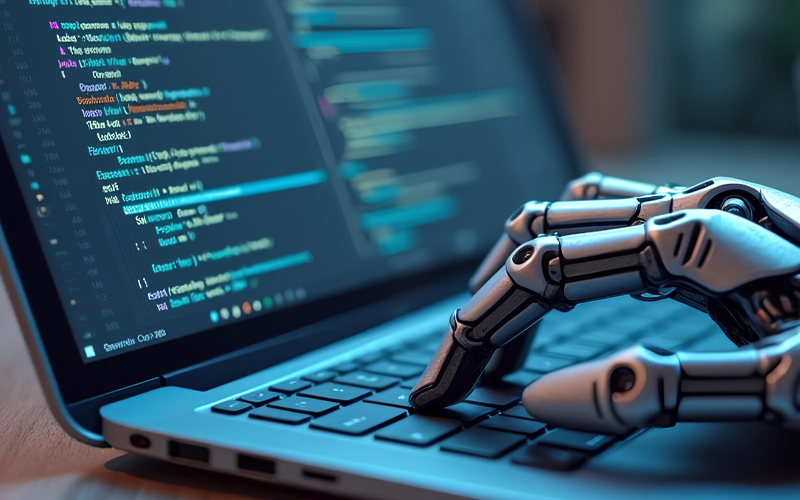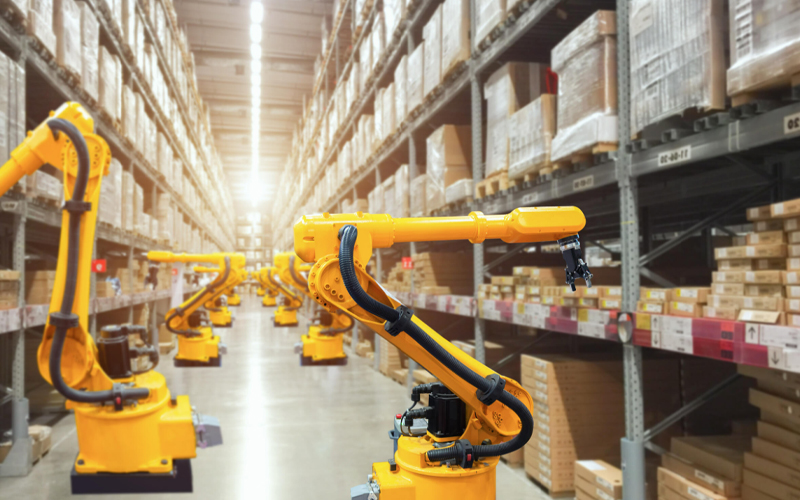Generative AI systems are transforming the day-to-day activities in every profession, including legal. Legal contract drafting and management has traditionally been time-consuming and tedious but is now becoming quick and streamlined with the help of generative AI.
According to Straits Research, 48% of law firms already use generative AI and 41% plan to adopt it. While 61% of businesses use it to create and analyse legal documents and contracts, 47% use it for due diligence and 42% for legal research.
This article explains the common ways and the use cases of generative AI in legal contracts.
Ways to use generative AI in legal contracts
Legal professionals and agencies have significantly increased their efficiency and productivity with the help of generative AI. For those who are not using the technology, here are several reasons to do so –
Contract analysis and management
Quickly review and extract critical information from legal contracts using contract analysis tools powered by generative AI. Review and compare the key elements against market standards to assure compliance with established parameters. Streamline and accelerate the contract review process for faster service delivery.
Data abstraction and analysis
The volume of legal data involved in contract drafting can be enormous. It may include analysing other similar contracts, market standards, and the client’s directives. Lawyers can use generative AI to sift through and analyse vast data and identify risk exposure, legal obligations, deadlines for fulfilment, milestones, exceptions, and anomalies.
Legal document and playbook generation
Save time by using generative AI to produce templates for legal documents, letters, and emails for regular correspondence. This saves time and reduces the probability of errors. Speed up the creation of playbooks, risk guidance, and fallback positions by synthesising options, clause meetings, and risk positions.
Due diligence
Due diligence of the second party is critical in mergers and acquisitions and contracting. However, this process can be long and tiresome with the chance of losing sight of critical information. Generative AI helps in due diligence by synthesising and analysing the relevant data quickly and accurately.
Contract drafting
Contract drafting comes after all the others we discussed above. However, this step itself involves several steps where generative AI can help substantially.
Contract clause recommendations
Generative AI leverages natural language processing and contextual understanding of linguistics to recommend contract clauses. It takes these recommendations not only from the company’s playbook but also from a larger pool of generated and pre-training clauses.
Generative clauses
This is a sub-set of the step above. It selects the most favourable terms and clauses to add additional value to the contracts. This reduces any chances of human error and ensures that the contract is virtually accurate.
Contract auto-redlining
Subsequent negotiations and amendments to a contract can introduce changes that can be difficult to track. Generative AI ensures accurate contract redlining, whether in the form of an MS Word, Google document, or a document within a contract management system. This saves significant time that would otherwise be spent comparing several versions of a contract.
Contract pattern recognition
Pattern recognition extracts important elements and combines them with historical data and predictive analytics to make legal recommendations. These legal recommendations will mitigate the risk by ensuring that you adhere to the standards and agreed terms in every contract.
Contract auto-drafting
This step does everything from defining rules to detecting data, triggering entire contracts, and making amendments. It integrates clause recommendations, generative clauses, auto-redlining, and pattern recognition to fulfil legal requirements and minimise risk. It improves the efficiency of contract drafting so that the legal teams can focus on analytics and insights.
Use cases of generative AI in legal contract management
Lawyers rarely start with a blank page while drafting a contract. They typically have a template or an example to refer to and build upon. Some of the challenges they may face are the absence of a central repository, using someone else’s template that may not be the right fit, or drafting a contract from scratch.
Once they build a contract, they may have to manually amend it based on the footnotes. This is extremely tedious and prone to mistakes. This is where generative AI can help build the contract with a respectable baseline template that is the right fit. If an amendment is needed, generative AI will leverage prompts to identify the key concepts, do the semantic search, and generate the required output. This activity itself saves the lawyers from going through hundreds of iterations before producing a final contract.
How can Infosys BPM help?
As a tailor-made and ready-to-use solution, the Infosys BPM Generative AI Business Operations platform enables legal enterprises to add value to contract drafting and maintenance for their clients.
Read more about the generative AI systems at Infosys BPM.








